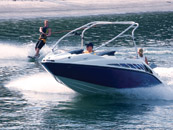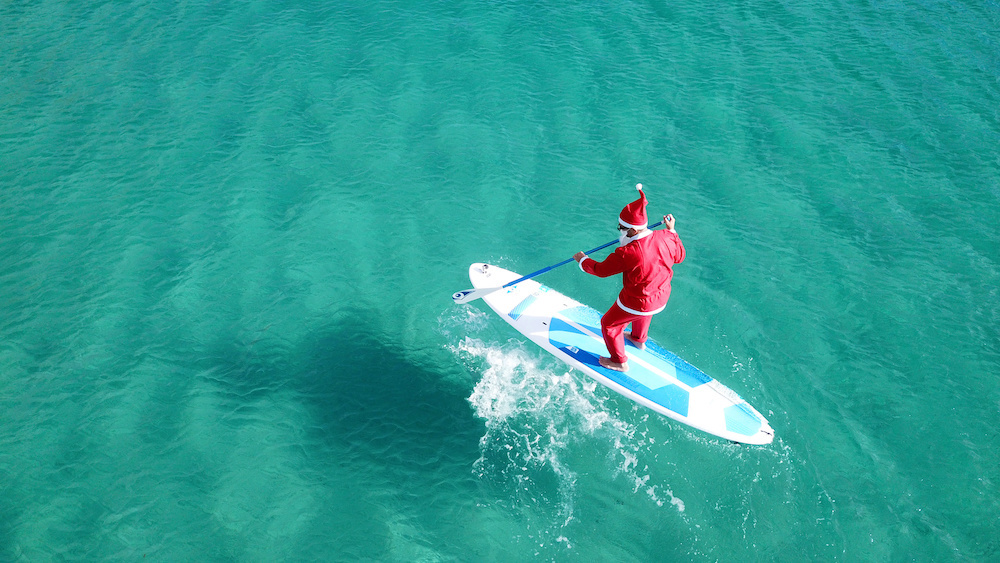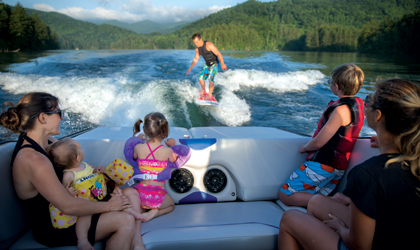Water absorbs body heat 25 times faster than air, so unless you’re frolicking in a hot tub that’s set above 98.6 degrees (body
temperature), you’re going to get cold. The best way to extend your time in the water before you get chilled (and it will happen, regardless) is to use a quality, well-fitted wetsuit. Fortunately, wetsuit design and neoprene—the material from which they’re usually made—has come a long way in the last 10 years.
There are ultra-thin “tropical” suits (yes, you will still get cold in tropical water), heavy two-piece suits, and an array of suits in every thickness in between. Best of all, there are now suits specifically designed for women and children. These are perhaps the most significant steps forward in wetsuit design because a suit’s performance is based on its ability to prevent water from washing through. The fewer gaps and voids, and the more snug the fit, the better the suit will perform.
- Neoprene wetsuits keep us warm by initially allowing water in (yes, there is supposed to be water inside the suit, otherwise it would be called a drysuit), and trapping it there in a thin layer between skin and suit. Your body warms the collected water, which then acts as an insulator, along with the neoprene itself, to prevent the cold water from conducting heat away from your body. As the warmed water escapes — and some always will — it is replaced by cold water, which your body must then again bring up to temperature. An ill-fitting suit accentuates this cycle, causing you to chill faster.
- Shorties have short sleeves and pant legs, and are designed for warm water. Wakeboarders and kneeboarders often prefer them because they don’t restrict movement and they are easy to get on and off between runs.
- Full-length suits cover you from wrist to ankle, but they are available in many thicknesses, down to and including 0.5 millimeter! Some manufacturers have added a slip-coat inside their suits, making them easier to don and dof.
- “Surfer” suits typically zipper up the back so the user is not laying on it while paddling belly down on the board. This style is also preferred by many tube riders. Many “diver’s suits have the zipper in the front so that the air tank is not pressing the zipper against the diver’s spine.
A good buying strategy is to think in layers, based on where you boat most. Buy a full suit that is appropriate for the average water temperature, then add a vest and shortie to your wardrobe. These can be layered over the suit in colder weather or worn in place of the full suit, separately or together, when it’s hot.
Also, remember your head, hands and feet. Adding a beanie or hood (even in "warmer" conditions) will significantly improve your comfort. Appropriate boots and gloves are also important, for both warmth and protection. When combined together hoods, boots and gloves account for about 30 – 40 percent of your thermal protection.


